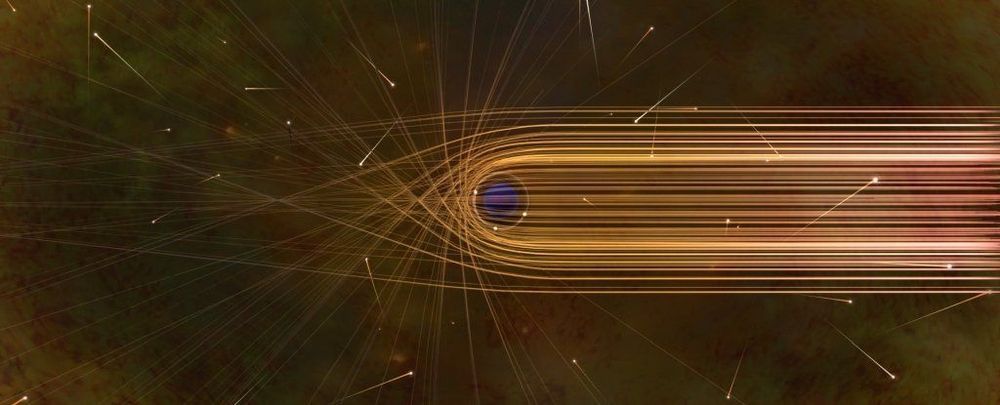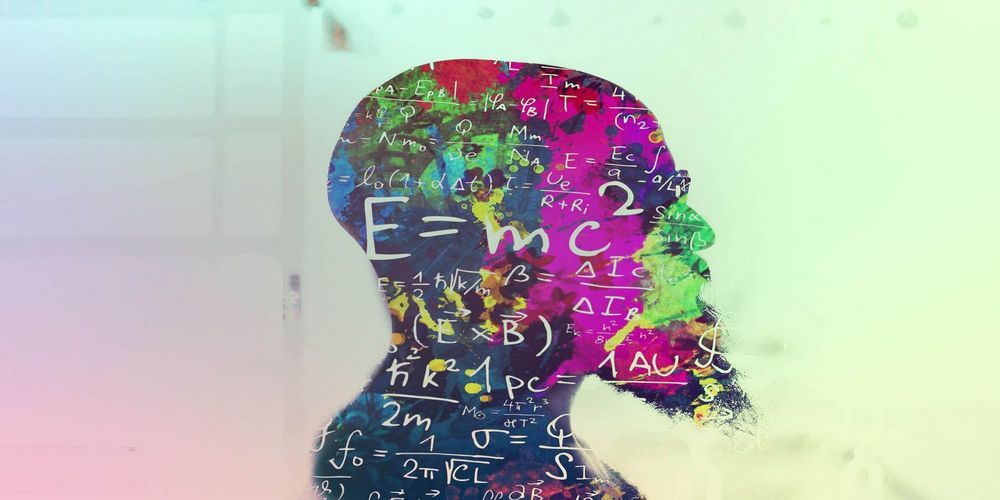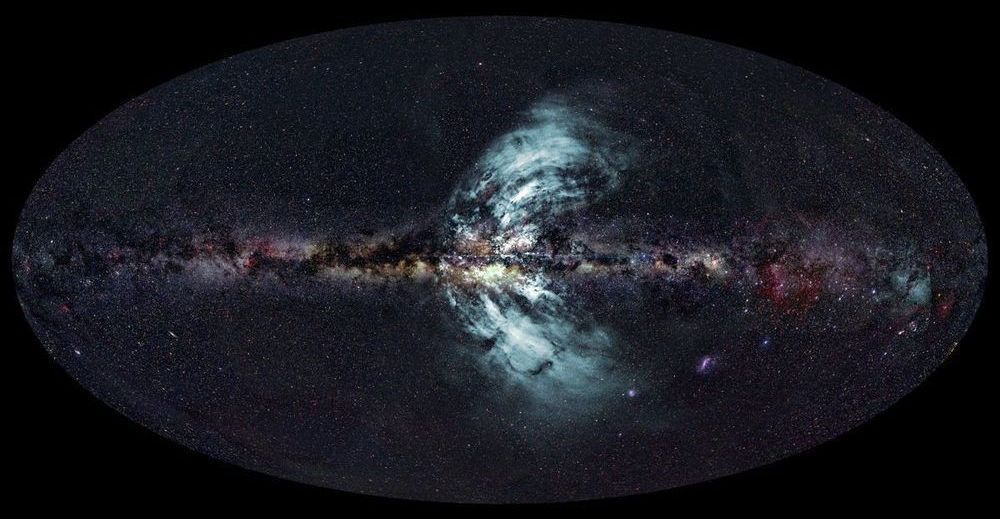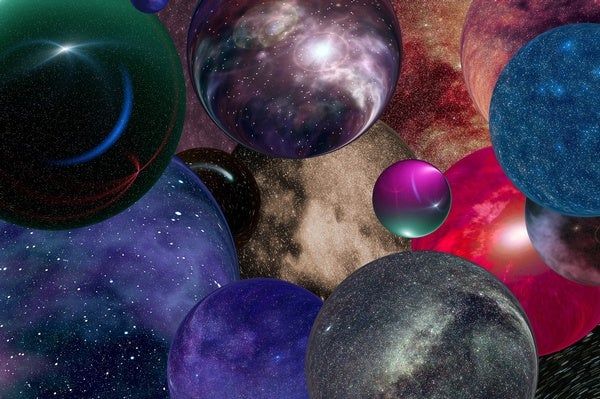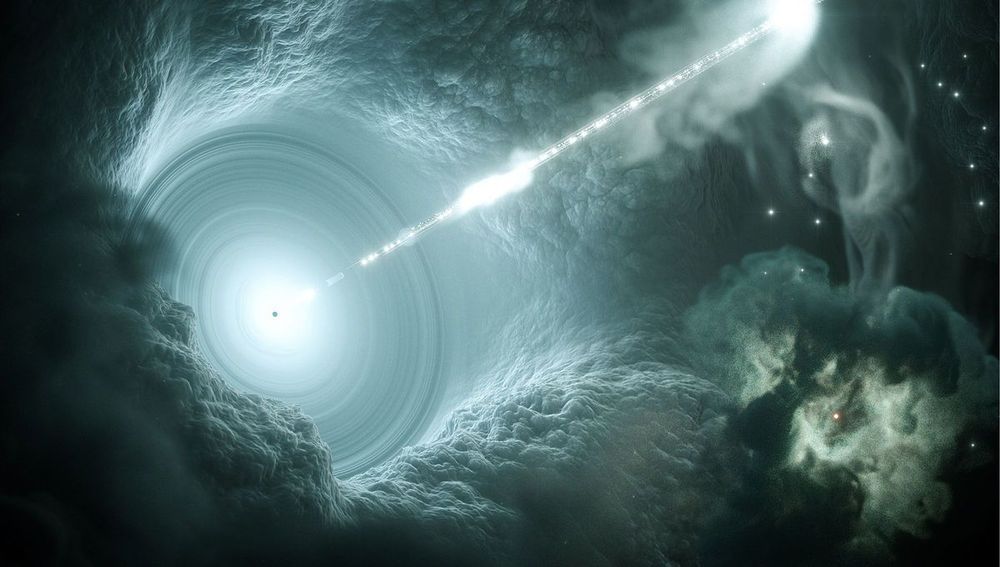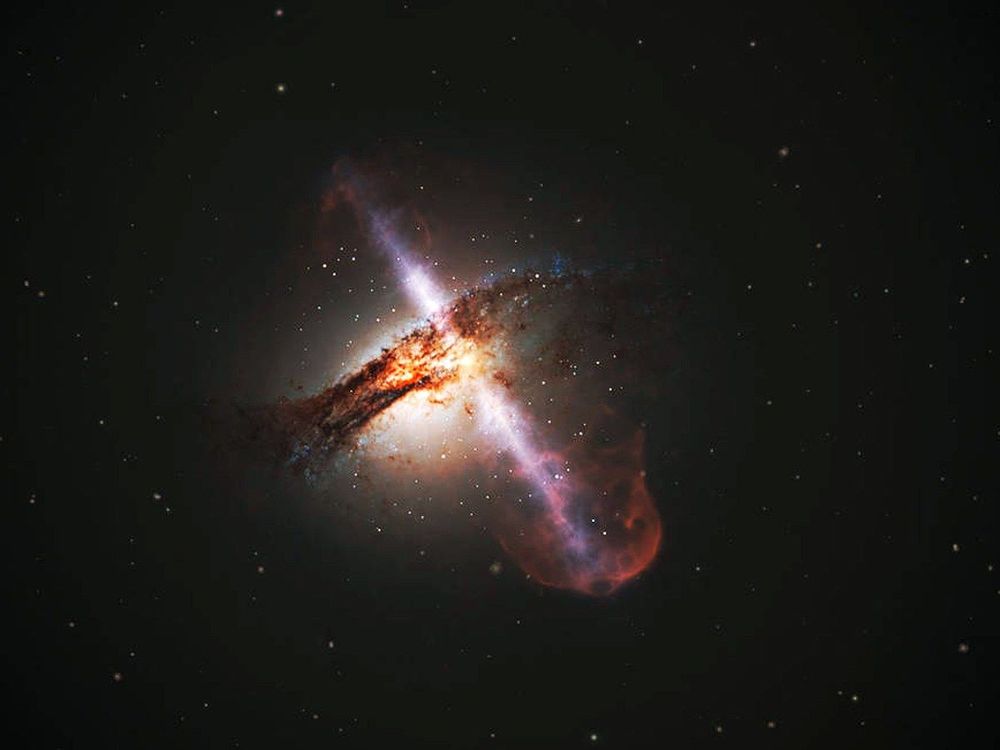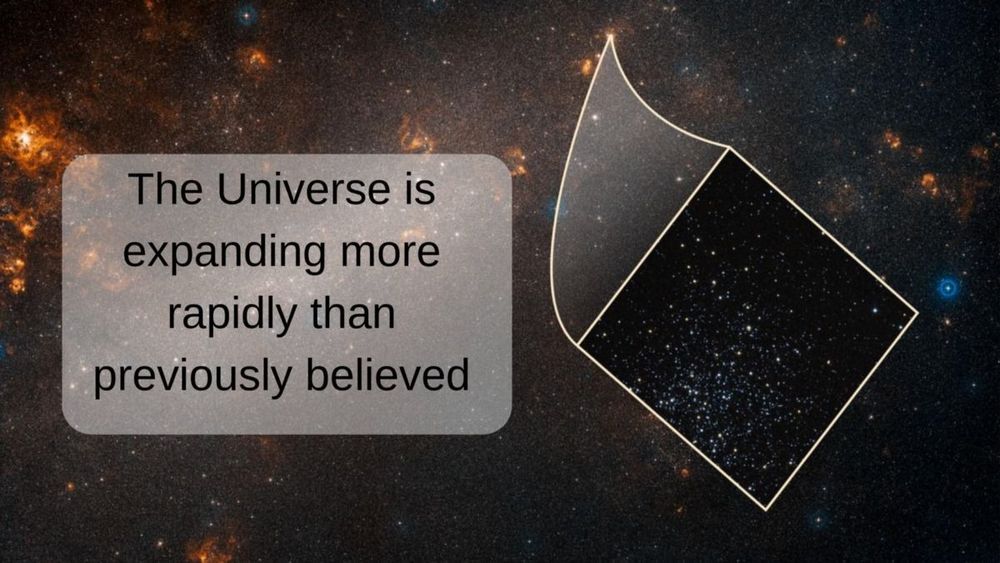Nov 28, 2019
Scientists Just Found an “Impossible” Black Hole in The Milky Way Galaxy
Posted by Paul Battista in category: cosmology
A new black hole search method has just yielded fruit, and boy is it juicy. Astronomers have found a stellar-mass black hole clocking in at around 70 times the mass of the Sun — but according to current models of stellar evolution, its size is impossible, at least in the Milky Way.
The chemical composition of our galaxy’s most massive stars suggests that they lose most of their mass at the end of their lives through explosions and powerful stellar winds, before the star’s core collapses into a black hole.
The hefty stars in the mass range that could produce a black hole are expected to end their lives in what is called a pair-instability supernova that completely obliterates the stellar core. So astronomers are scratching their heads trying to figure out how the black hole — named LB-1 — got so chonky.
